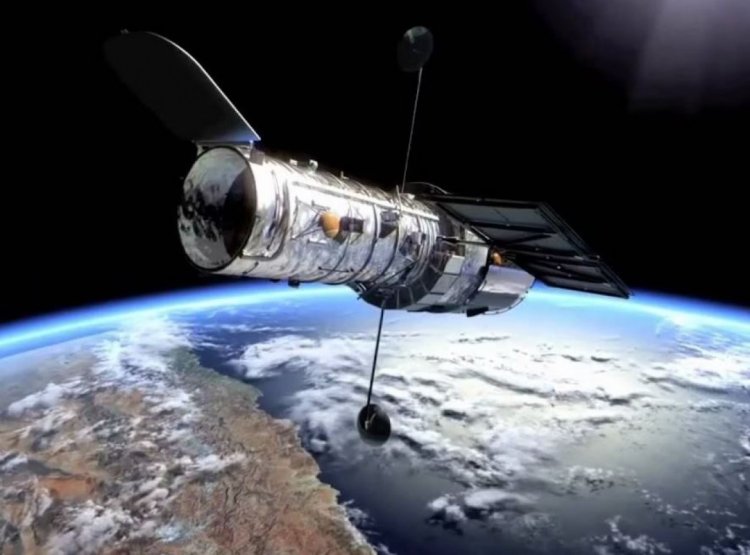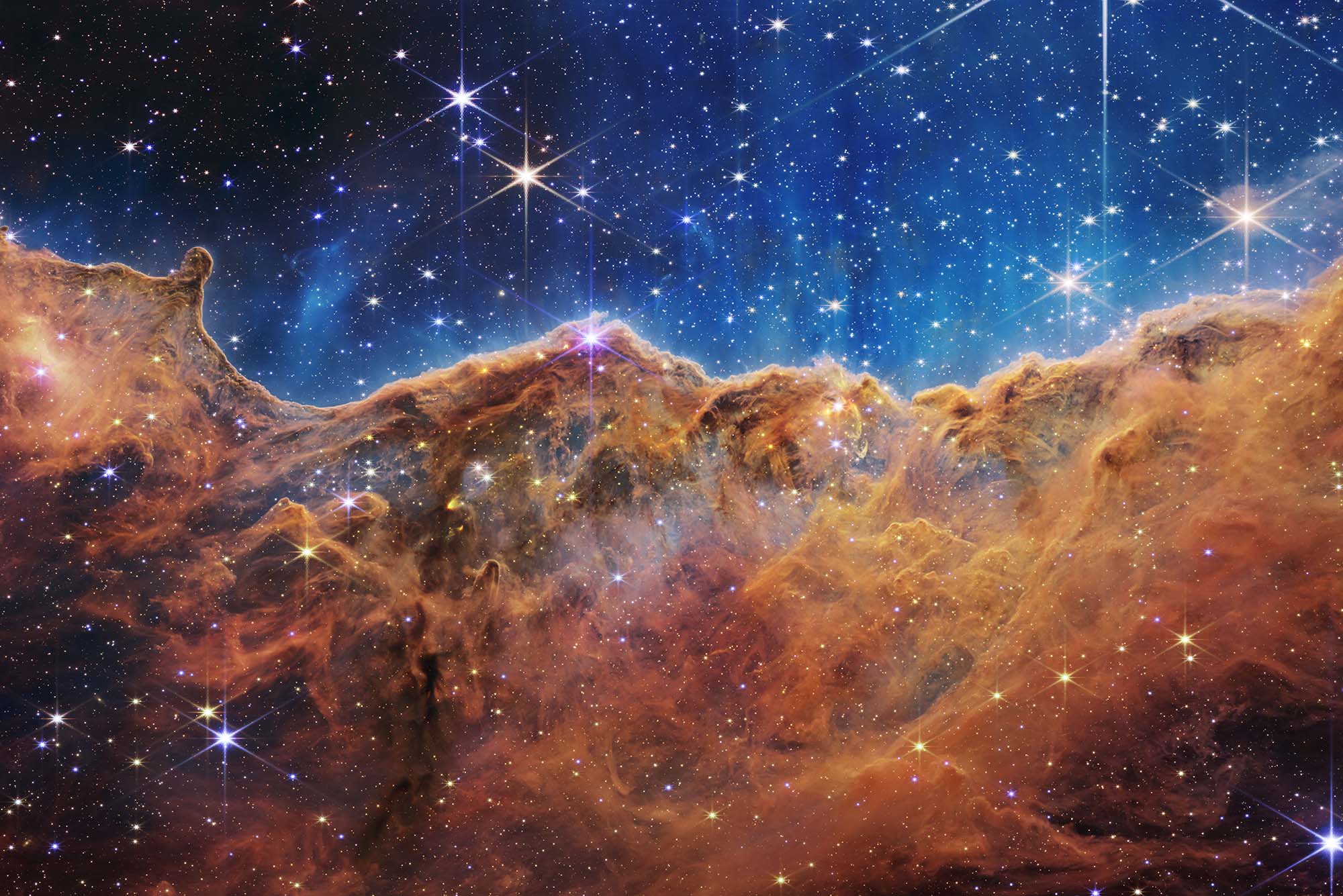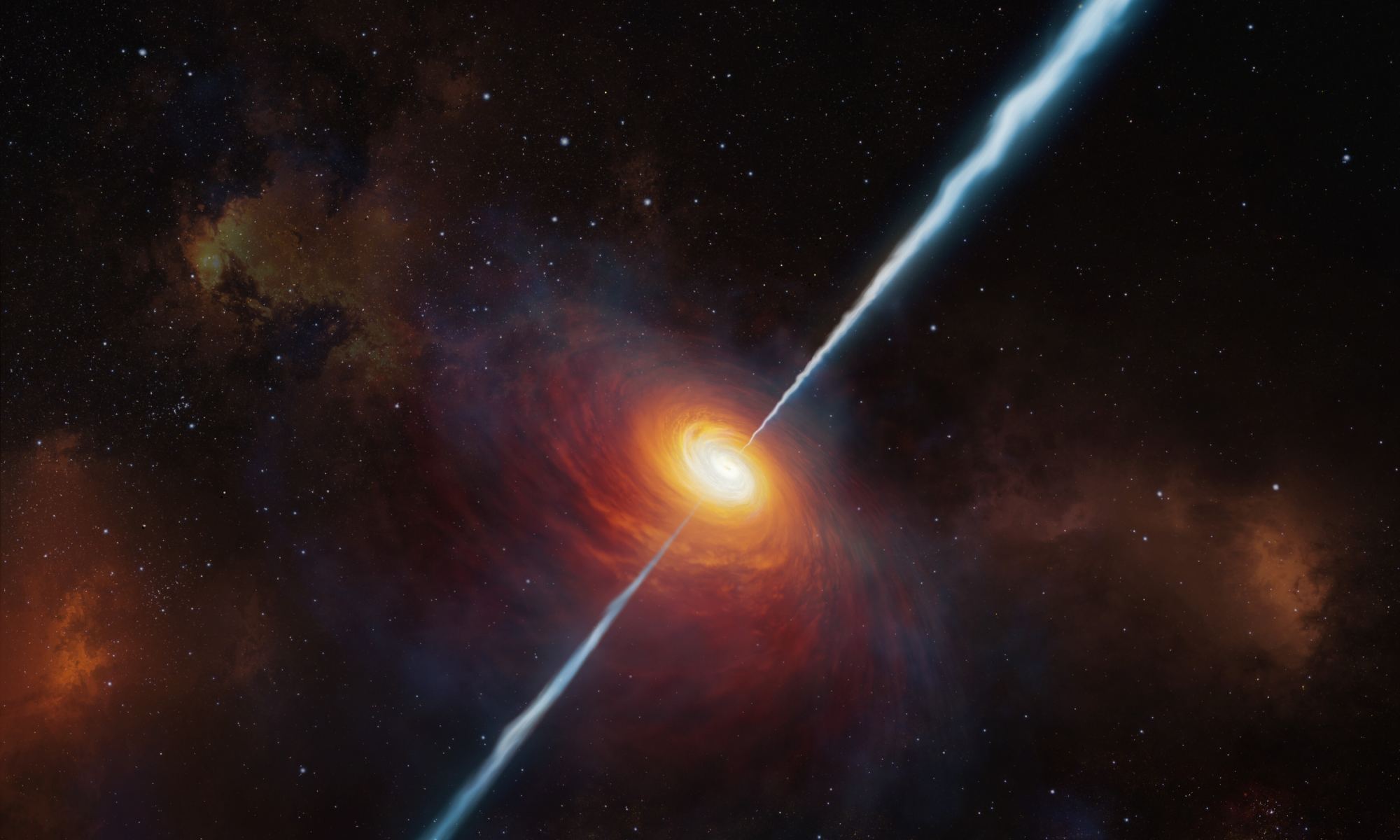Peering into the Cosmos: A Journey with Space Telescopes
The night sky has always been a canvas of wonder and curiosity, captivating human imagination for centuries.

While our eyes can only glimpse a fraction of the universe's beauty, space telescopes have revolutionized our understanding of the cosmos. In this blog, we embark on a captivating journey through the lens of space telescopes, exploring their significance, key players, and the groundbreaking discoveries that have expanded the boundaries of human knowledge.
The Dawn of Space Telescopes: Beyond Earth's Constraints
When the Hubble Space Telescope was launched into orbit in 1990, it signaled a new era of exploration. Unlike ground-based telescopes hindered by atmospheric interference, space telescopes orbit above the Earth's atmosphere, offering unparalleled clarity and enabling astronomers to capture breathtaking images and collect precise data.

Unveiling Cosmic Spectacles: Key Space Telescopes
-
Hubble Space Telescope: A household name, Hubble has gifted humanity with awe-inspiring images of distant galaxies, nebulae, and star clusters. Its observations have transformed our understanding of the universe's age, expansion, and intricate formations.
-
Chandra X-ray Observatory: Focused on the high-energy X-ray spectrum, Chandra has revealed the violent collisions of galaxies, the remnants of exploded stars, and the powerful forces at work within celestial phenomena.
-
Spitzer Space Telescope: Operating in the infrared spectrum, Spitzer has unveiled hidden aspects of the cosmos, including the birth of stars within dusty clouds and the presence of exoplanets.
-
James Webb Space Telescope (JWST): Heralded as the successor to Hubble, JWST promises to unveil the universe in unprecedented detail, studying the formation of galaxies, stars, and planetary systems.
Revolutionizing Astronomy: Discoveries and Insights
-
Galactic Evolution: Space telescopes have helped astronomers trace the evolution of galaxies, shedding light on their formation, growth, and interaction over cosmic timescales.
-
Exoplanet Exploration: By analyzing starlight passing through exoplanet atmospheres, space telescopes have begun identifying potential signs of habitability and even the presence of life-supporting molecules.
-
Dark Matter and Dark Energy: Observations from space telescopes have provided crucial insights into the enigmatic components of the universe: dark matter, which makes up most of the universe's mass, and dark energy, which drives its accelerating expansion.

Technological Marvels and Challenges
Creating and launching space telescopes are feats of engineering brilliance. These observatories are equipped with intricate instruments, powerful cameras, and detectors sensitive to different wavelengths. However, they also face challenges such as technical malfunctions, limited budgets, and the unpredictable nature of space.
The Future of Space Telescopes: A Glimpse into the Unknown
The upcoming launch of the James Webb Space Telescope promises a revolution in space exploration. JWST's enhanced capabilities, including infrared imaging, spectroscopy, and larger mirrors, will enable scientists to uncover the secrets of our cosmic origins and peer deeper into the universe's history than ever before.
Inspiring the Imagination: The Legacy of Space Telescopes
Beyond their scientific contributions, space telescopes inspire wonder and curiosity. They connect humanity with the vastness of space, igniting a sense of unity and exploration. As new generations gaze upon the breathtaking images and discoveries from these observatories, they are reminded of the boundless possibilities that lie beyond our blue planet.

Conclusion: Eyes to the Stars, Hearts to the Cosmos
Space telescopes have taken us on an extraordinary voyage through space and time. As we continue to develop new technologies and embark on daring missions, these observatories will uncover the universe's mysteries, one image, one discovery at a time. Their legacy will inspire future astronomers, engineers, and dreamers to reach for the stars and expand the horizons of human understanding.

 Fine End
Fine End 











